Introduction to Hunting American Coot
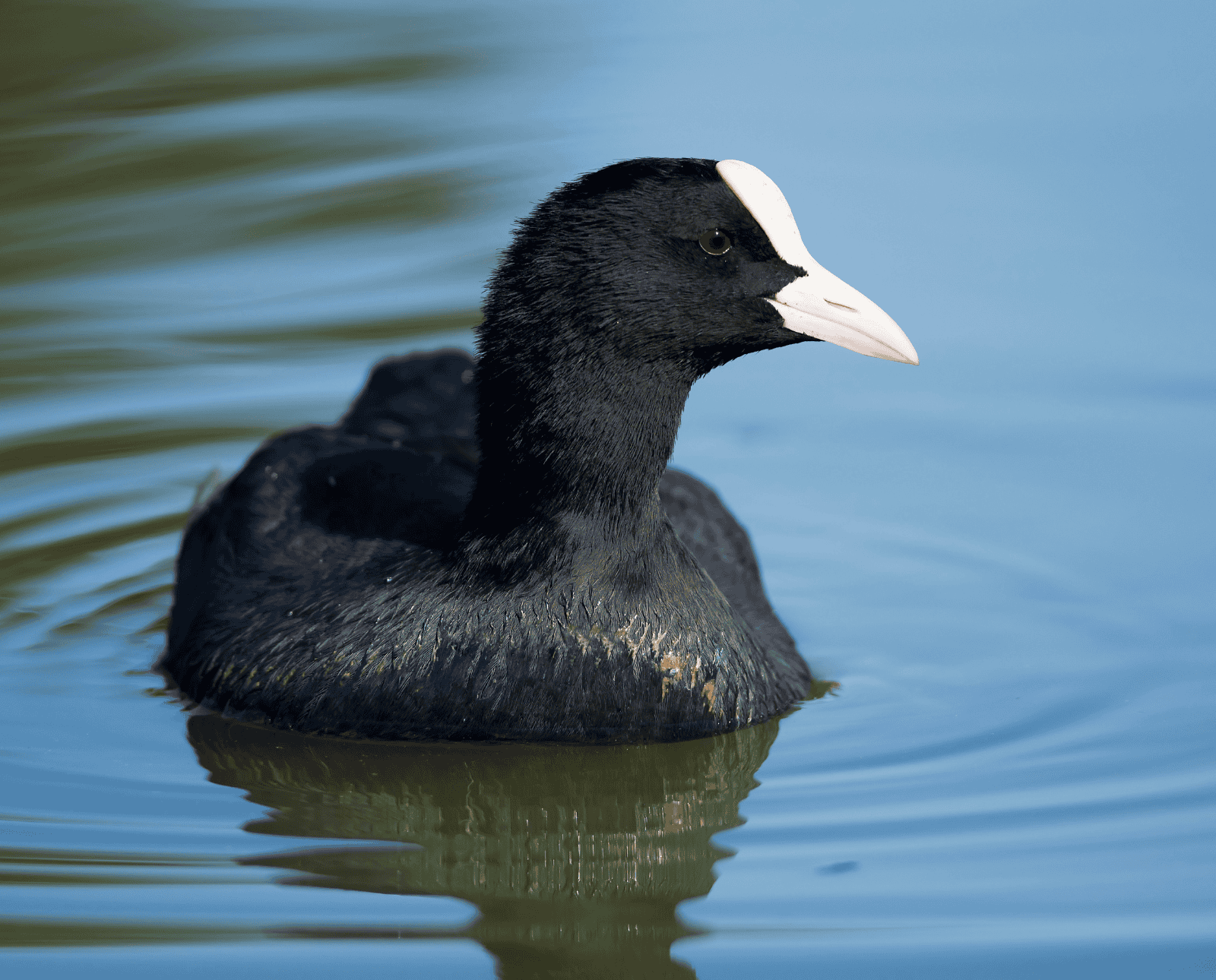
Diversify your gamebag with these tips for scouting, hunting, and eating a familiar little waterbird, the American coot.
I heard the jokes about water swatting American coots long before I became a licensed hunter. But when I finally took up waterfowl hunting, I discovered that the humor surrounding coots was actually a well-placed sentry guarding a well-kept secret: American coot is delicious.
Widely spread across the vast majority of North America, American coots are one species that flies under the radar. Coots are a meaty little bird that are a pile of fun to hunt, especially if jump shooting ducks is your thing. Coots hold tight to aquatic cover before quickly flushing across the waters’ surface.
Where I hunt, coots are fairly abundant from October through the first week of December. They provide hunting opportunities when the wind refuses to add motion to my duck decoy spreads.
If you’re looking for another species to chase when the duck hunting is slow, here are a few tips for targeting American coot.
Locating Coot Hunting Spots
Coots, like most other animals, don’t want to work for their food any harder than they need to. Using this knowledge to your advantage can be as simple as finding cattails, pencil reeds, or arrowheads near aquatic vegetation.
Places where protruding aquatic plants and large stands of cattails coincide are best for coot hunting. Scout these areas from a hundred yards away. If you see a small black bird with a downward-facing bill feeding near the floating mats of vegetation, you’ve found coot habitat.
As the season progresses from mid-autumn into the late season, coots will continue to use the same feeding grounds (given that food still remains). However, more birds will flock up in those places. Rafts of coots numbering in the thirties or forties aren’t uncommon to see as the season leans towards winter.
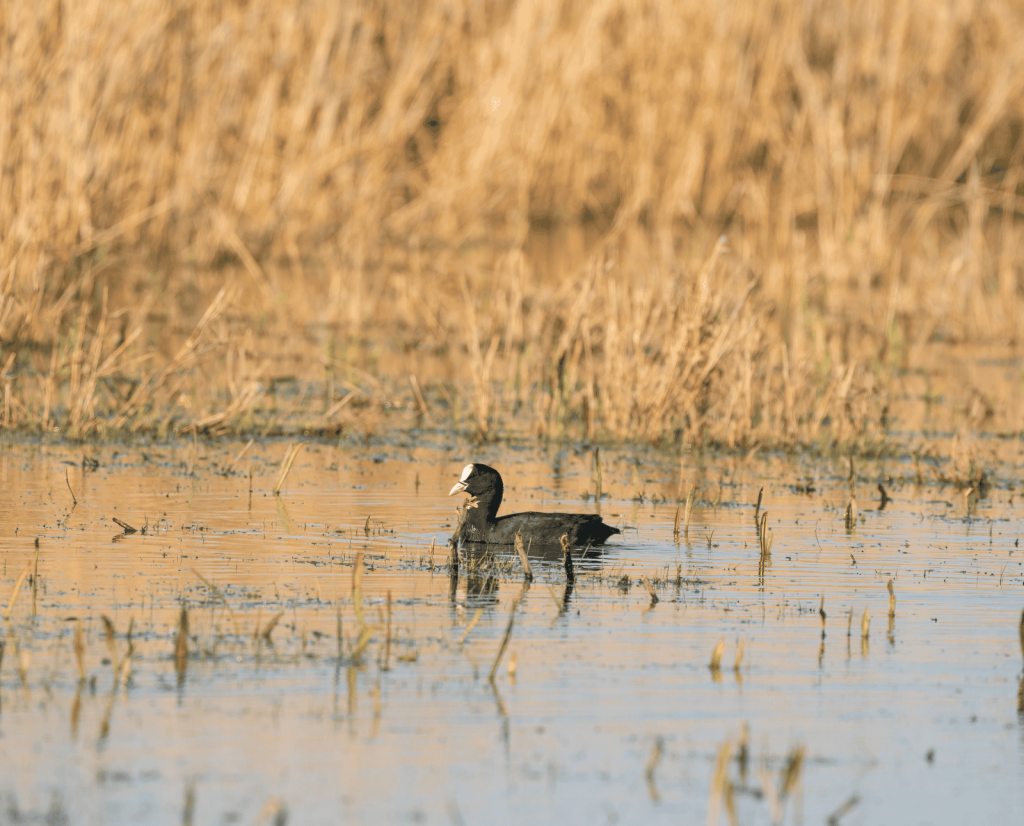
Hunting American Coots Over Decoys
Coots, for better or for worse, tend to enjoy the company of one another rather than any other species of waterfowl. This tendency makes them particularly susceptible to a few coot decoys. (Yes, coot decoys are real).
Personally, I’ve never used more than six decoys at once, mostly because that is the most I’m willing to invest in. However, I can say with confidence that a minimalistic, six-decoy setup is a functional spread. I’ve scouted coot spots, gone out in the morning with my meager spread, and had far more coots show up than I ever expected.
Decoying American coots is, to put it frankly, not difficult. I’ve never found that having my little spread in any one pattern proved more productive for coots than another. What has made a difference, however, is where I put them. Observe coots in nature and mimic their natural placements when setting your decoys.
Jump Shooting American Coots
Jump shooting coots is a very unique method of hunting. It will test your abilities as a hunter and wing shooter. Before you go about it, though, understand that coots often run across the water when they break from cover. They’ll scramble towards a distant hide without ever actually taking off—that’s right, you will likely be water swatting birds. Because of this behavior, you need to be one hundred percent certain of shot direction before pulling the trigger on a flushing coot.
Jump Shooting From A Canoe
Jump shooting in a canoe can be particularly effective. In a canoe, you can maneuver into prime hunting locations while simultaneously positioning the hunter seated at the bow into prime shooting angles. Additionally, when compared to wading, canoes give you better access to coot habitat. Many coot loafing and feeding grounds are in water over six feet deep.
When it comes to jump shooting coots from a canoe, having a bucket, anchor, and cooler on hand will help your efforts. Towing a bucket on a length of rope behind your canoe will slow your drift, allowing for better shooting. Anchors allow you to stop at a fixed position, which is extremely useful for glassing. Anchors are also great if you decide to ditch the canoe and jump shoot on foot. Lastly, coots are mostly black. This means they absorb heat quickly, even in cool temperatures. Having a cold cooler will keep hard-earned birds from spoiling in the afternoon sun.
Jump Shooting On Foot
In my experience, jump shooting coot on foot is a circumstantial occurrence. To jump shoot in waders, your coot spot must allow for quiet, careful wading through mucky, weedy terrain. Where you hunt coots might be completely different than where I do, but for the most part, my coot hunting is done from the confines of a canoe for that reason.
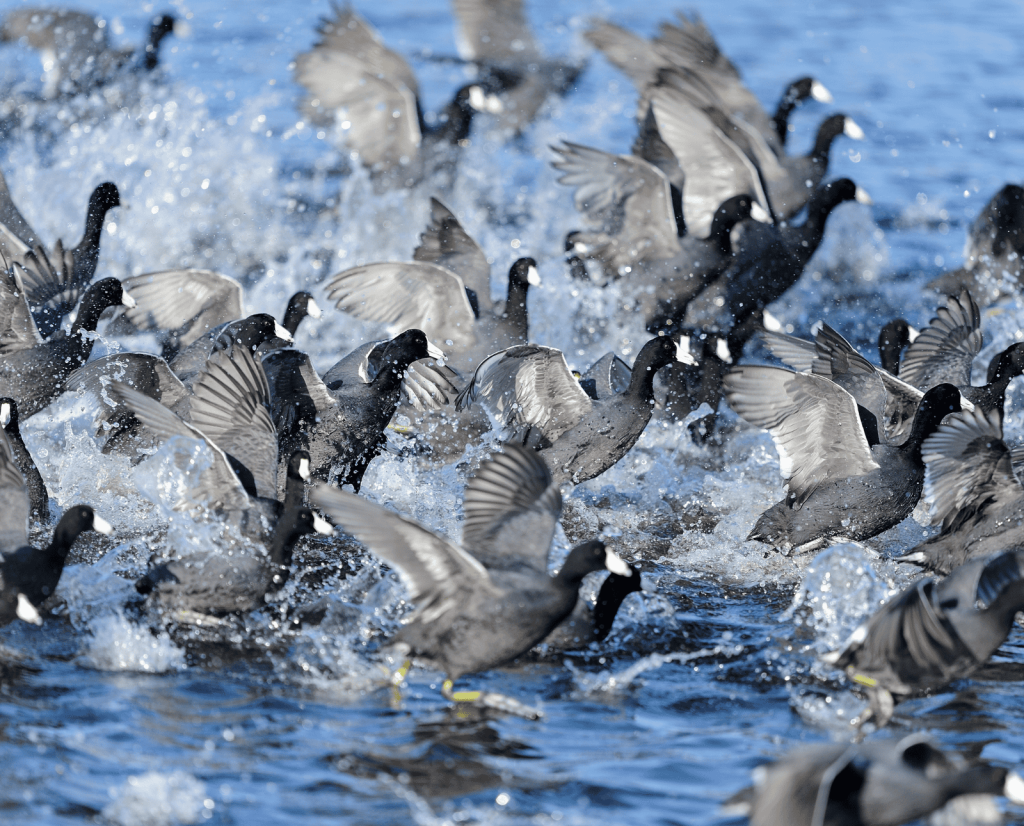
Be Aware Of Coot Limits
When shooting coot, practice control. This will help prevent shooting more than your limit. Coots tend to scatter in tight groups when flushing, making it easy to accidentally kill more than you intended. Pick and choose when and when not to shoot.
Cooking And Eating Coot
Make no mistake, coots are every bit worth the time it takes to put a few on the table. Once you’ve acquired American coots, enjoy them in the best way possible.
Coot meat is a dark, rich red color that reminds me of wagyu beef. I tend to save my coot meat until I have enough to make a hearty gumbo, my personal favorite way to eat coot. That said, I also eat coot for breakfast.
Soak the coot breasts in a red wine, pat them dry, and lightly coat them with salt and pepper. Then, leave the breasts in the fridge overnight. The following morning, sear them for 30 seconds in butter or duck fat in a cast iron skillet. Finally, thinly slice the breasts and serve them with chutney. You’ll find this breakfast to be delightfully flavorful.
If nothing else, the American coot provides a wonderful opportunity for new hunters to gain waterfowling experience. Coot hunting is also a chance to discover a vastly underutilized wetland bird that has plenty more to offer than backhanded jokes in the duck blind. Don’t pass on putting coots in the freezer; trust me, you’re missing out on some fun shooting and delicious table fare.



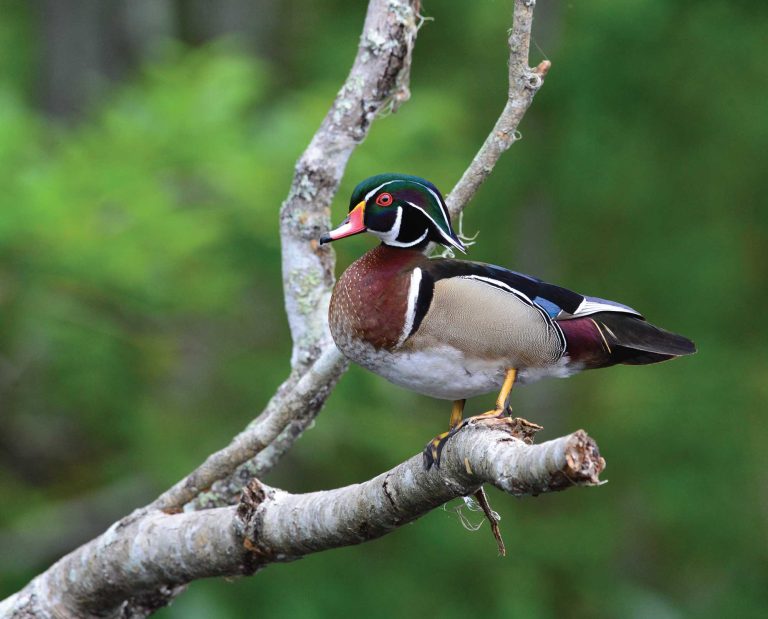
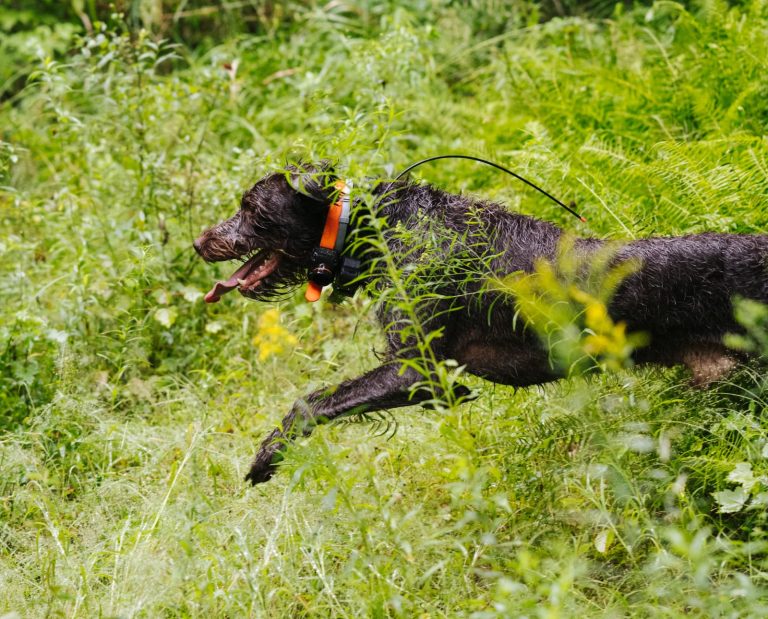
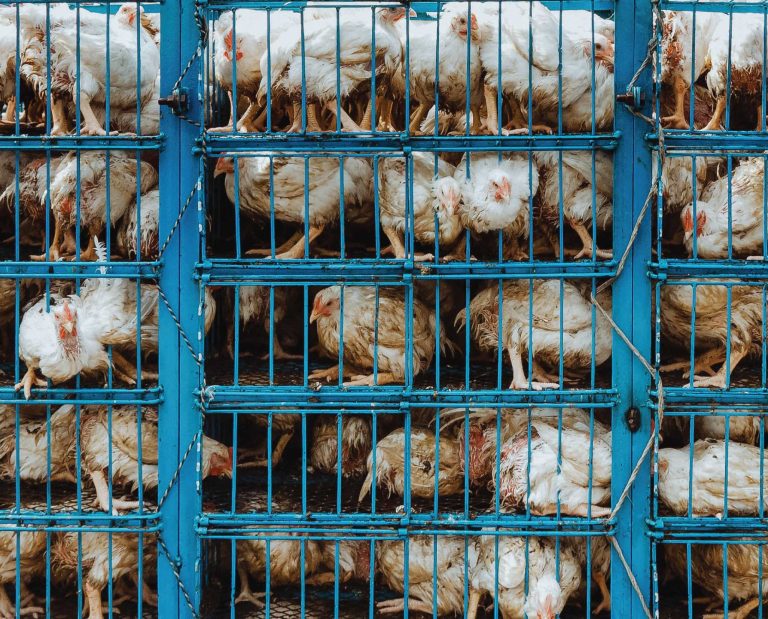
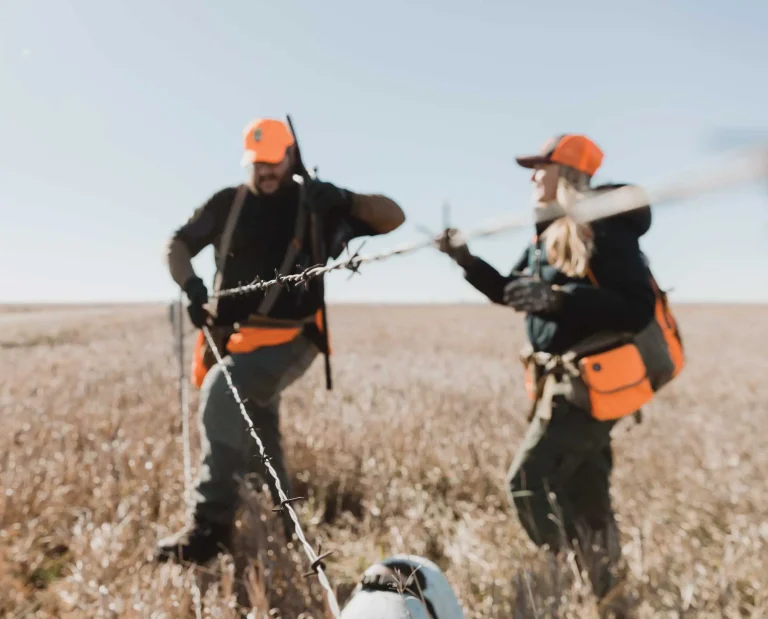
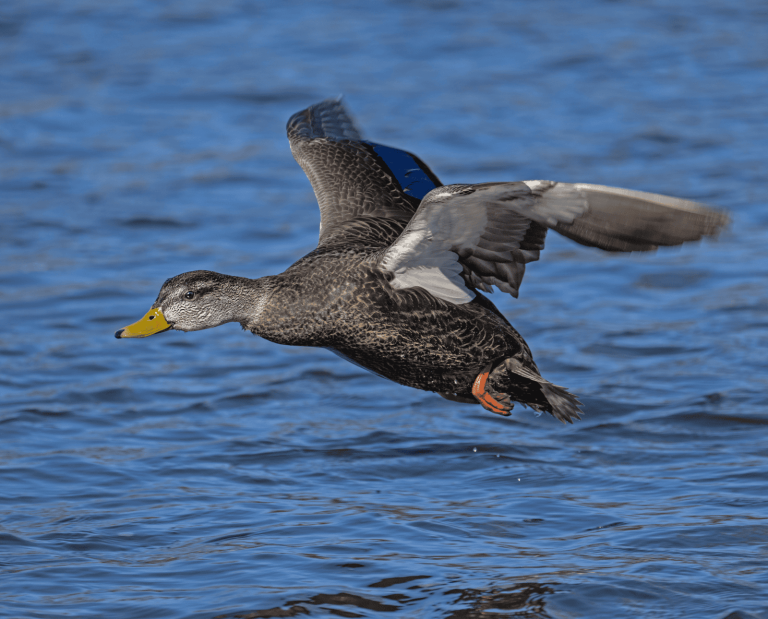
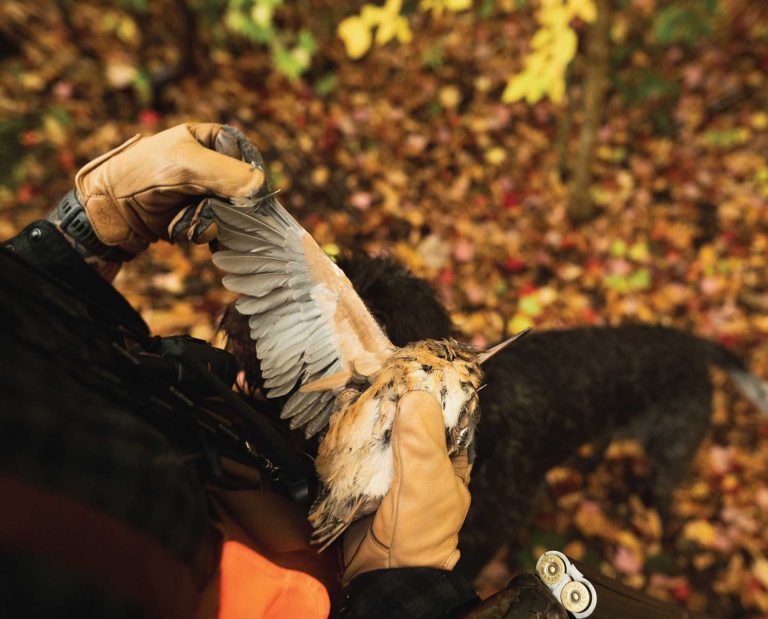
As a college student in Louisiana my buddy and I shot coots for the local Cajun chef. We could eat ‘free’ for the coots we left at his back door. Specifically, he used the gizzards and livers for making ‘dirty rice’. We’d paddle our John boat, ‘herding’ the coots into a pocket in the cypress lake and with a couple of shots have each of our 15 bird limits.